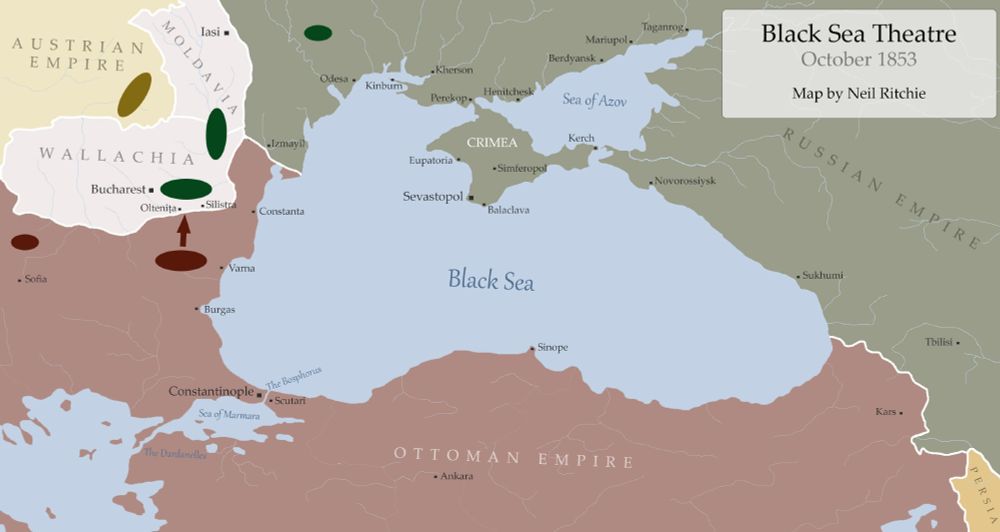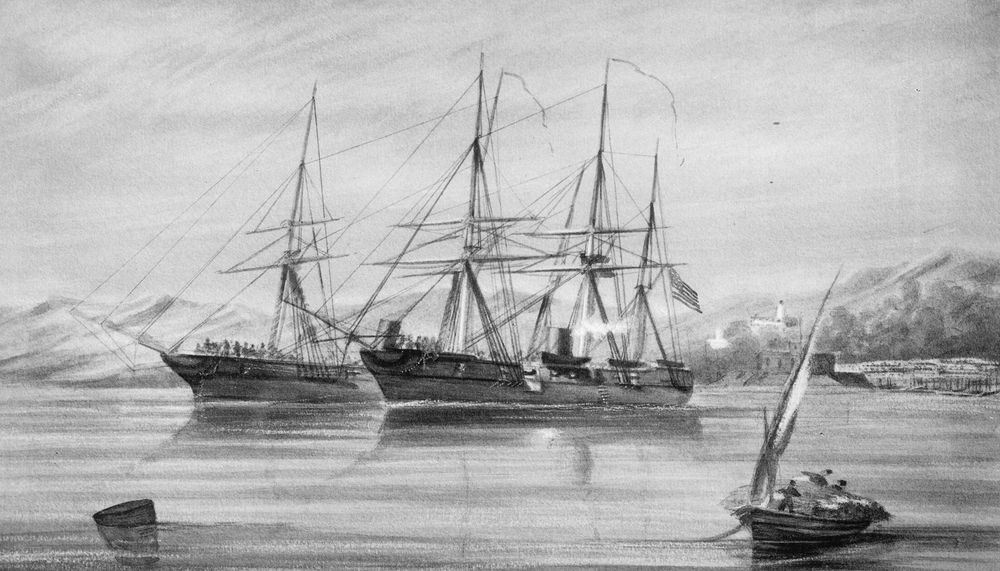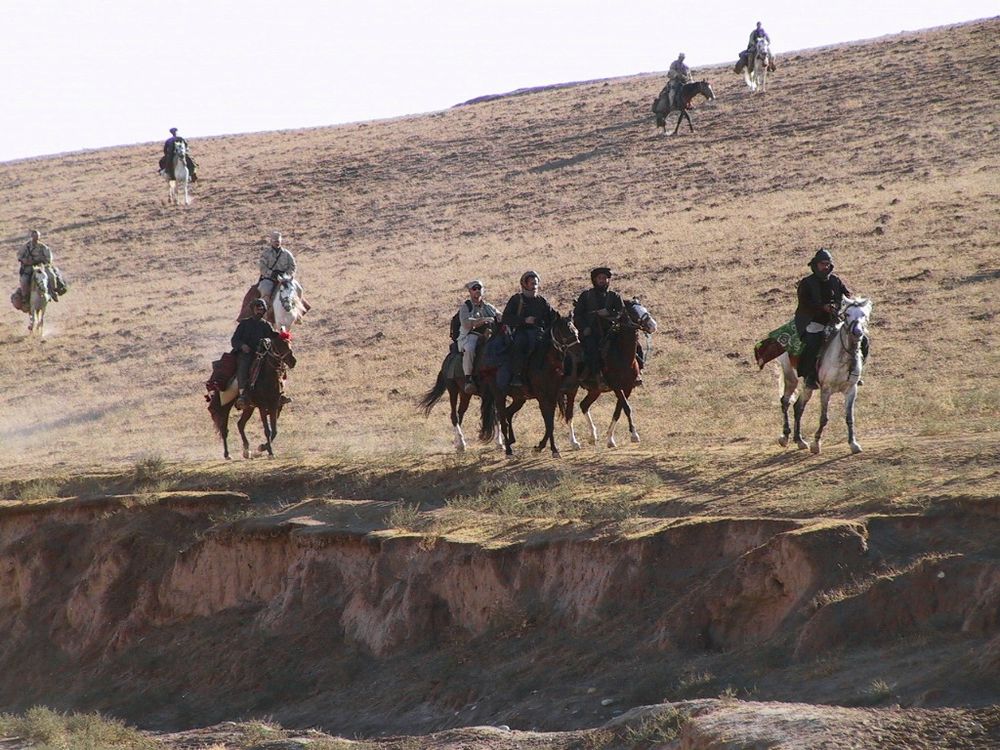The Military Journal
@militaryjournal.net
1.4K followers
1 following
400 posts
Bluesky page for The Military Journal, an online publication covering international military history and military studies. Published in Ayrshire, Scotland. Editor: @neilritchie.bsky.social
Posts
Media
Videos
Starter Packs
Reposted by The Military Journal
Reposted by The Military Journal
Reposted by The Military Journal
Reposted by The Military Journal
Reposted by The Military Journal
Reposted by The Military Journal
Reposted by The Military Journal
Reposted by The Military Journal
Reposted by The Military Journal
Reposted by The Military Journal
Reposted by The Military Journal




















